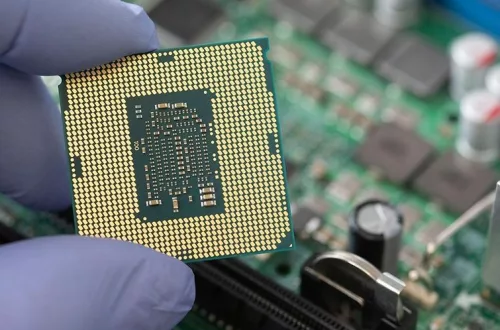The EU–USA Tariff Deal: Sectoral Setback for Europe
Overview
On July 27, 2025, the European Union and the United States finalized a landmark trade agreement that capped U.S. tariffs on most EU goods at 15%, averting a previously threatened 30% escalation.
In return, the EU committed to significant energy purchases and investment flows into the U.S., while removing tariffs on select American exports. While the deal stabilizes transatlantic relations and offers strategic benefits, it also introduces sector-specific challenges for the EU economy.

1. Automotive Industry: A Competitive Blow
Tariff Impact: U.S. tariffs on EU automobiles remain at 15%, down from the threatened 30% but still above the pre-deal 10%
Negative Effects:
- German automakers like BMW, Mercedes-Benz, and Volkswagen face reduced competitiveness in the U.S. market.
- Electric vehicle exports, a growing EU strength, may lose ground to U.S. and Asian rivals due to higher landed costs.
- Supply chain disruptions could arise as EU-based parts suppliers face similar tariff burdens.
2. Steel and Aluminum: A Sector Under Siege
Tariff Impact: U.S. tariffs on EU steel and aluminum remain at 50%, unchanged from earlier hikes
Negative Effects:
- Export volumes are expected to decline sharply, especially for Italy, Germany, and Sweden, which are major producers.
- Overcapacity risks in the EU domestic market could lead to job losses and plant closures.
- Downstream industries (e.g., automotive, construction) may face higher input costs, reducing competitiveness.
3. Pharmaceuticals and Biotech: Asymmetrical Liberalization
Tariff Impact: EU eliminated tariffs on U.S. generic pharmaceuticals, but the U.S. imposed a 15% tariff on EU pharma exports
Negative Effects:
- EU drugmakers (especially in Ireland, Germany, and Belgium) face reduced margins in the U.S. market.
- Innovation funding could be squeezed as profits decline, potentially slowing R&D pipelines.
- Regulatory harmonization remains unresolved, adding non-tariff barriers to market access.
4. Semiconductors and High-Tech Manufacturing: Strategic Setback
Tariff Impact: EU removed tariffs on U.S. semiconductor tools and fabrication equipment; U.S. tariffs on EU tech goods remain at 15%
Negative Effects:
- European chipmakers (e.g., ASML, STMicroelectronics) face higher costs exporting to the U.S., while U.S. firms gain easier access to the EU.
- Technology sovereignty goals of the EU may be undermined by increased reliance on U.S. equipment and investment.
- R&D collaboration could become more one-sided, favoring U.S. firms.
5. Agriculture and Food Processing: Uneven Playing Field
Tariff Impact: EU removed tariffs on niche U.S. agricultural goods (e.g., almonds, whey), while U.S. tariffs on EU food exports rose to 15%
Negative Effects:
- French, Italian, and Spanish food exporters (e.g., wine, cheese, olive oil) face reduced demand in the U.S. due to higher prices.
- Small-scale producers are particularly vulnerable, lacking the scale to absorb tariff costs.
- Market share erosion in premium segments could be long-lasting.
6. Energy and Climate Transition: Strategic Trade-Off
Tariff Impact: EU committed to purchasing $750 billion in U.S. energy, primarily LNG
Negative Effects:
- European energy firms may lose domestic market share to U.S. LNG suppliers.
- Climate goals could be compromised if LNG imports delay investment in renewables.
- Infrastructure costs for LNG terminals and distribution may divert funds from green energy projects.
Conclusion: A Deal of Uneven Gains
While the EU–USA tariff deal prevents a full-blown trade war and secures strategic energy and investment flows, it imposes significant costs on key European industries. The asymmetry in tariff reductions—favoring U.S. exports in pharmaceuticals, semiconductors, and agriculture—raises concerns about long-term competitiveness and industrial sovereignty in the EU.
Questions:
1. Who made the decisions of accepting this kind deal on behalf of EU?
2. Will EU countries and industry sectors simply accept the result?




